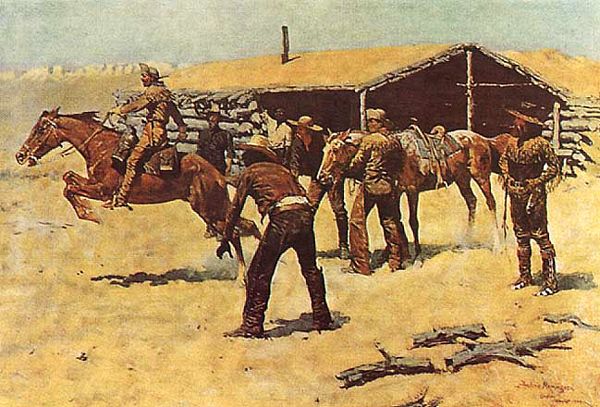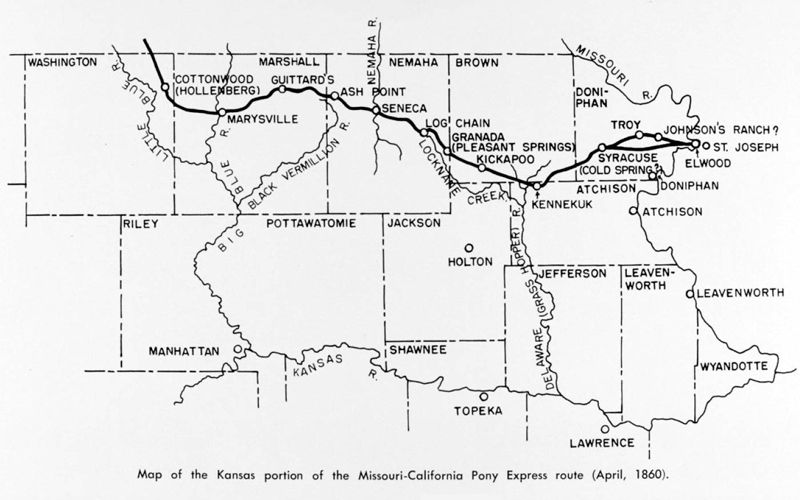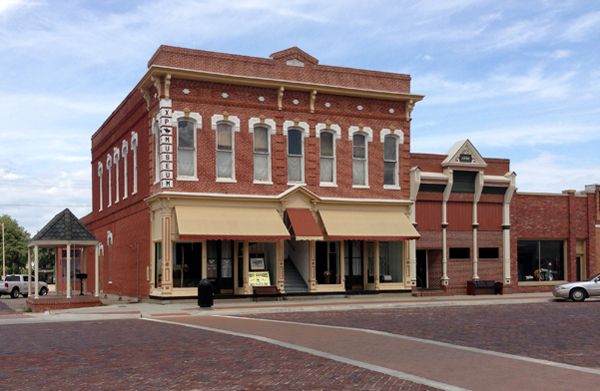
The Unbridled Sprint: America’s Original ‘Division One’ – The Legend of the Pony Express
In the sprawling saga of American expansion, where myth often intertwines with the gritty reality of the frontier, certain legends stand taller than others. These aren’t just tales; they are the distilled essence of a nation’s spirit, reflecting its audacious ambition, its tireless ingenuity, and its raw courage. Among these, few shine as brightly, or as fleetingly, as the Pony Express – a venture so bold, so demanding, that it might well be considered America’s original "Division One" league, a high-stakes competition against time, distance, and the untamed wilderness.
Before the age of telegraph wires snaked across the continent, before the roar of transcontinental locomotives echoed through canyons, there was an immense void. The burgeoning settlements of California, fueled by the Gold Rush and the promise of a new life, felt disconnected from the established states of the East. Mail could take weeks, even months, to traverse the vast expanse, often relying on slow, circuitous routes or dangerous sea voyages around Cape Horn. This communication chasm was not merely an inconvenience; it was a barrier to commerce, governance, and the very idea of a unified nation. The Civil War loomed, and the urgency to bind the nation, even symbolically, was palpable.
Enter the triumvirate of freight magnates: William H. Russell, Alexander Majors, and William B. Waddell. Their firm, Russell, Majors and Waddell, already dominated the overland freight business, but they saw a more pressing need, a greater challenge. They envisioned a relay system of riders and horses that could shrink the continent, delivering mail from St. Joseph, Missouri, to Sacramento, California, in a blistering ten days. It was an audacious gamble, a financial sinkhole, but also a patriotic endeavor. On April 3, 1860, this dream thundered into reality.

The ‘Division One’ Athletes: Riders of Unmatched Grit
To staff this unprecedented enterprise, Russell, Majors and Waddell didn’t just need mail carriers; they needed a special breed of athlete – frontier jockeys, capable of enduring unimaginable hardship. Their infamous advertisement, often paraphrased, perfectly encapsulated the requirements: "Wanted: Young, skinny, wiry fellows not over eighteen. Must be expert riders, willing to risk death daily. Orphans preferred. Wages $25 a week."
These were the true "Division One" stars. They were typically young, often teenagers, small in stature – light enough not to burden their mounts – but possessed of an indomitable spirit. Their training wasn’t in a stadium but in the saddle, honed by years of living on the edge of civilization. They had to be expert horsemen, capable of riding at breakneck speeds over treacherous terrain, often in the dead of night, through blizzards, scorching heat, and driving rain. They carried little besides their rider’s pouch (a "mochila" which fit over the saddle horn, allowing for quick transfer to a fresh horse), a revolver, and perhaps a knife. Their lives depended on their wits, their speed, and their connection with their horse.
Legends like William F. "Buffalo Bill" Cody famously claimed to have ridden for the Pony Express, though the extent of his service is often debated and exaggerated. Regardless, the type of rider he represented – fearless, self-reliant, a master of the open range – was precisely the caliber of individual who made the Pony Express possible. They were paid handsomely for the era, but their true compensation was the thrill of the ride and the knowledge that they were part of something extraordinary. Each ride was a solo marathon, a personal duel against the clock and the elements, pushing human and equine limits to the breaking point.
The ‘Division One’ Equipment: Equine Engines of Speed
Just as crucial as the riders were their mounts. The Pony Express employed the finest, fastest horses available – often hardy California mustangs or thoroughbred mixes, chosen for their stamina, speed, and intelligence. These weren’t just horses; they were precision instruments, carefully selected and maintained. Each horse would run for about 10 to 15 miles at a furious gallop before reaching a "relay station."
These stations, strategically placed every 10-15 miles along the 2,000-mile route, were the pit stops of this grand race. Upon arrival, a rider would dismount, throw his mochila onto a fresh, saddled horse, and within a mere two minutes, be off again, continuing the relentless pace. This rapid exchange was vital to maintaining the breakneck speed. "The moment the rider arrived," a contemporary account might have read, "a fresh horse, saddled and ready, was brought out, the mochila transferred, and the rider was gone in a cloud of dust, barely breaking stride." This system demanded an immense logistical effort: nearly 500 horses were required, along with around 190 stations and 80 riders working at any given time. It was a perfectly choreographed ballet of speed and efficiency.
The ‘Division One’ Course: A 2,000-Mile Gauntlet

The "track" for this supreme endurance race stretched across eight states and territories: from Missouri, through Kansas, Nebraska, Colorado, Wyoming, Utah, Nevada, and finally into California. It traversed the vast plains, climbed the rugged Rocky Mountains, descended into the arid deserts of Nevada, and navigated the treacherous Sierra Nevada. Every mile presented a new challenge.
The weather alone was a formidable opponent. Riders faced blizzards that could obscure trails and freeze fingers to reins, scorching desert heat that could dehydrate man and beast, and flash floods that could turn a dry creek bed into a raging torrent. Beyond nature’s fury, there was the constant threat of banditry and, more significantly, the danger of encountering Native American tribes who viewed the encroaching white presence as a threat to their lands and way of life. While the Pony Express attempted to maintain neutrality, conflicts were inevitable, and riders often had to rely on their speed and cunning to escape ambushes.
The average speed of the Pony Express mail was about 10 miles per hour, an astonishing feat for the time, allowing a letter to travel from coast to coast in approximately 10 days – a fraction of the time it previously took. The cost was equally steep, initially $5 per half-ounce, making it a luxury service, but one that was indispensable for urgent communications.
The Brief Reign and Lasting Legacy
Despite its legendary status and incredible achievements, the Pony Express was a financial disaster for its founders, losing hundreds of thousands of dollars. Its reign as America’s premier rapid mail service was incredibly brief, lasting only 18 months, from April 1860 to October 1861. Its demise was swift and decisive, brought about not by a rival human or equine competitor, but by technological innovation: the completion of the transcontinental telegraph line. On October 26, 1861, just two days after the telegraph connected East and West, the Pony Express officially ceased operations. The age of instant communication had dawned, rendering the courageous riders and their swift horses obsolete overnight.
Yet, its impact far outlasted its operational lifespan. The Pony Express proved that a central route across the continent was viable year-round, laying crucial groundwork for the transcontinental railroad and telegraph lines that would follow. More importantly, it captured the American imagination, becoming an enduring symbol of ingenuity, perseverance, and the pioneering spirit. It embodied the nation’s relentless push westward, its determination to overcome immense obstacles, and its innate desire for speed and connection.
The legend of the Pony Express is not merely about delivering mail; it’s about the audacious human spirit. It’s about young men, often barely out of childhood, facing down the wilderness, the elements, and danger, all in the service of a grand, unifying idea. It’s a testament to the belief that with enough grit, determination, and a swift horse, any distance can be conquered, any obstacle overcome.
In today’s hyper-connected world, where messages travel at the speed of light, it’s easy to forget the challenges of communication just a few generations ago. But the Pony Express serves as a powerful reminder of the relentless drive that shaped America. It was indeed a "Division One" endeavor – a high-stakes, high-performance competition that, for a fleeting moment, pushed the boundaries of what was thought possible, leaving an indelible mark on the tapestry of American legends. It remains a thrilling testament to the daring heart of a nation always in a hurry, always reaching for the horizon.


